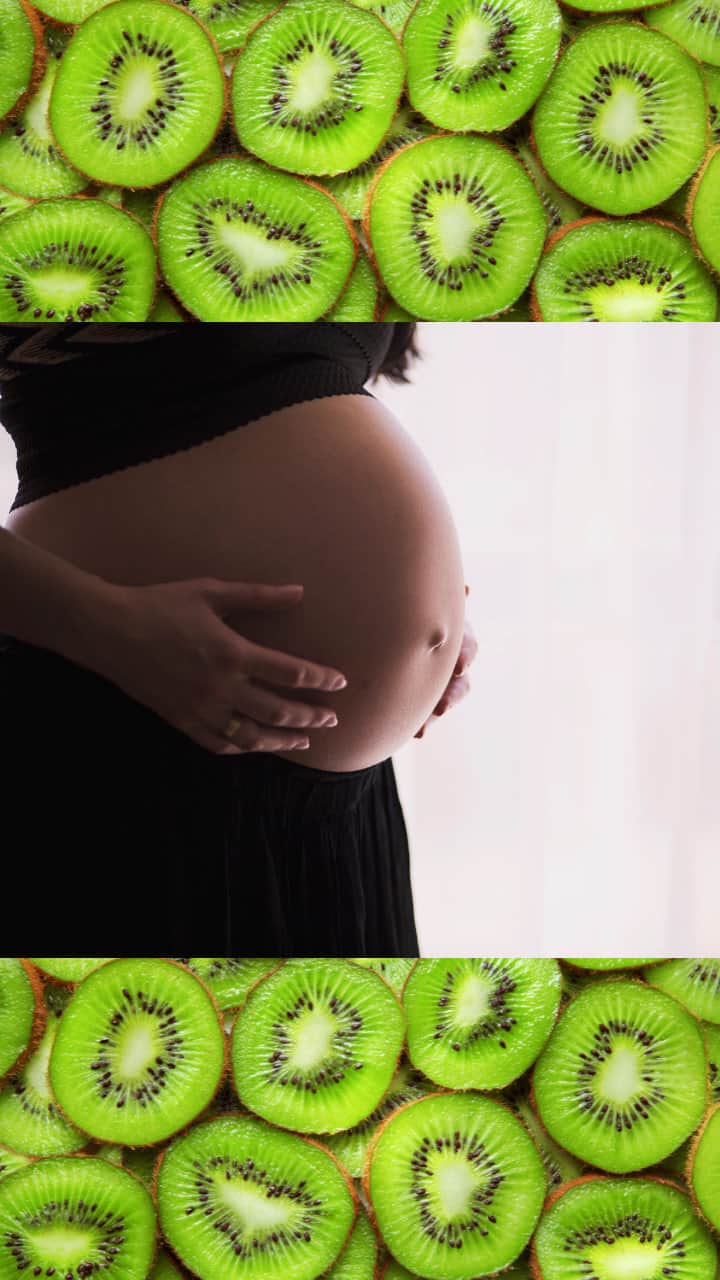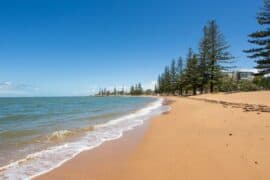A Complete Guide to Kiwi Pregnancy: The Marvel of Motherhood and Nature
Welcome to the enchanting journey of kiwi pregnancy! If you’re as fascinated by these adorable flightless birds as we are, you’re in for a wondrous expedition into understanding the reproduction of one of New Zealand’s iconic species. Whether you’re a parent eager to instill a love of nature in your children, a bird enthusiast, or a curious learner, you’ll find this guide brimming with insights into the life cycle of the kiwi bird, and you’ll discover tips for supporting kiwi conservation efforts.
Understanding Kiwi Birds
Before diving into the depths of kiwi pregnancy, let’s get to know the kiwi bird a little better. Kiwis are unique, nocturnal, flightless birds indigenous to New Zealand. Coming from the Apterygidae family, they boast a remarkable sense of smell, whisker-like feathers, and, of course, their distinctive long beaks. There are five known species of kiwi, and each possesses its own peculiar charm.
The Start of the Journey: Kiwi Mating Rituals
Kiwi birds are generally monogamous, sticking with a single partner for several breeding seasons. Mating rituals are an essential part of kiwi pregnancy and can be an endearing sight. From tender nuzzles to synchronized calls that pierce the quiet New Zealand night, kiwi courtship is incredibly heartwarming and a delightful wonder of nature.
The Kiwi Pregnancy Period: A Peek Inside
Once the courtship has led to successful mating, kiwi pregnancy or, more accurately, kiwi egg incubation period begins. Unlike other bird species, kiwi eggs are disproportionately large compared to the female’s body size. This unique characteristic ensures that the kiwi chick is well-developed when it hatches, but it also makes for a challenging egg-laying process for the female kiwi.
Kiwi Egg Development and Incubation
The kiwi egg incubation period is fascinating, with some species like the North Island Brown Kiwi incubating their eggs for approximately 80 days, much longer than any other bird species. The male kiwi often takes on the responsibility of incubating the eggs, dutifully maintaining the temperature and protection they need to develop properly. Witnessing the dedication of kiwi dads is truly an inspiring part of the kiwi pregnancy journey.
Congratulations, you’ve begun to untangle the mysteries of kiwi pregnancy! There’s much more to explore, from hatchling care to conservation efforts, and our guide will lead you through each step. Stay tuned for detailed insights into the hatching process, caring for young kiwis, the challenges of habitat preservation, and how you can play a part in safeguarding the future of this extraordinary species.
As you continue your learning journey, remember that understanding and appreciating the natural world can be a remarkable adventure for the whole family. Stay with us as we delve further into the marvelous world of kiwi bird reproduction and conservation in the next section of our guide!

Five Essential Insights for Parents Preparing for Kiwi Pregnancy
1. Understand the Rarity and Responsibility
Kiwis are distinguished members of the bird family, and their reproduction process is not only charming but also rare. Kiwi birds are endangered, with their populations dwindling due to factors like habitat loss and predation by non-native species. Preparing for kiwi pregnancy involves a deep understanding of the responsibility to protect these birds and their environment. Parents and their offspring can both learn about the roles humans play in conservation efforts.
2. The Importance of Proper Habitat
A crucial aspect of preparing for kiwi pregnancy is ensuring a suitable habitat. In the wild, kiwis prefer dense, sub-tropical forests, where they can find shelter and ample food. Creating awareness about habitat preservation is a teachable moment for families. Planting native trees, controlling predators, and supporting local conservation initiatives are all steps everyone can take to help build a better future for kiwis.
3. The Role of Nutrition
Nutrition plays a pivotal part in the health of pregnant kiwi birds. They primarily feast on invertebrates, seeds, and fruits found on forest floors. Teaching children about the kiwi’s diet not only broadens their knowledge about wildlife but also emphasizes the importance of nutrition in nature’s life cycles. Families can take part in initiatives that focus on maintaining the natural food sources of kiwi habitats.
4. Patience Is Key
The kiwi egg incubation period is one of the longest among birds, often requiring patience and dedication, particularly from the male kiwi who incubates the egg. Families can learn from this patience, understanding that the most rewarding experiences in nature often come to those who wait, observe, and respect the natural order of things.
5. Get Involved with Local Wildlife Groups
One of the best ways to prepare for and support kiwi pregnancy is to get involved with local wildlife conservation groups. Such organizations often have programs tailored for children and parents, providing hands-on education and involvement opportunities. By participating, families can make a tangible difference while learning more about these incredible birds and their life journey.
The kiwi pregnancy process is a remarkable testament to the resilience and beauty of nature. As parents, fostering a connection with the natural world in your children can promote a lifelong engagement with environmental stewardship. Together, we can all be part of the story that helps ensure the survival and thriving of New Zealand’s treasured kiwi.
Embarking on the path of understanding kiwi pregnancy and conservation is more than an educational endeavor; it is a heartfelt commitment to preserving the majesty of these birds for future generations. Through this guide, we hope to inspire you and your family to cherish and participate actively in the marvel of kiwi motherhood and nature’s extraordinary wonders.
So put on your explorer hats, gather the young ones, and let us continue our fascinating journey. With each step, we contribute to safeguarding the kiwis, learning about their world, and nurturing a sense of wonder and responsibility towards our planet’s wildlife. After all, every small action we take can lead to a significant impact on the lives of these incredible creatures and the ecosystem they call home.
See more great Things to Do with Kids in New Zealand here. For more information see here
Disclaimer
The articles available via our website provide general information only and we strongly urge readers to exercise caution and conduct their own thorough research and fact-checking. The information presented should not be taken as absolute truth, and, to the maximum extent permitted by law, we will not be held liable for any inaccuracies or errors in the content. It is essential for individuals to independently verify and validate the information before making any decisions or taking any actions based on the articles.




